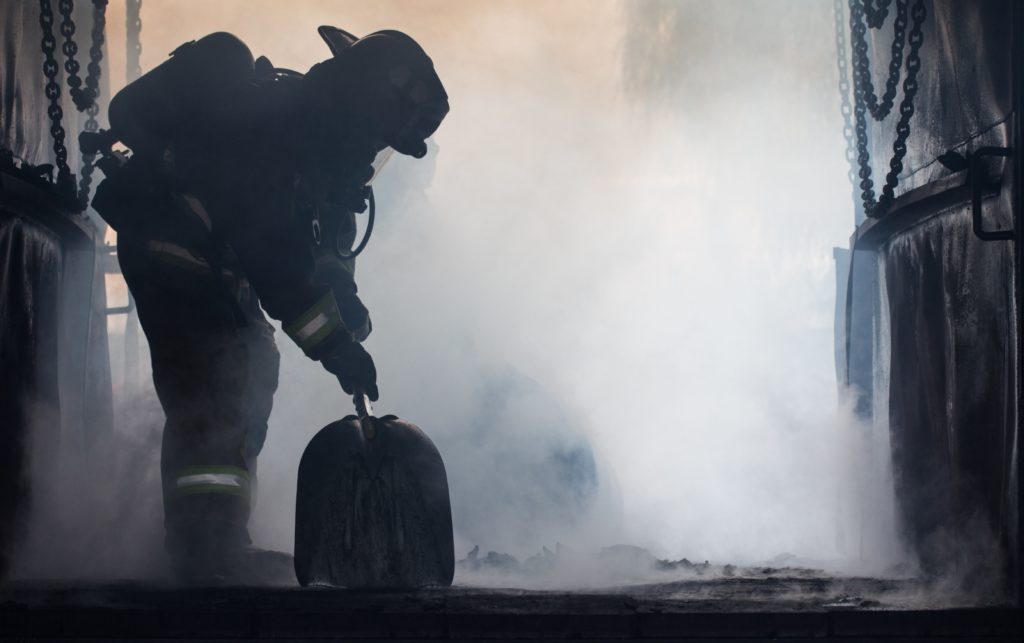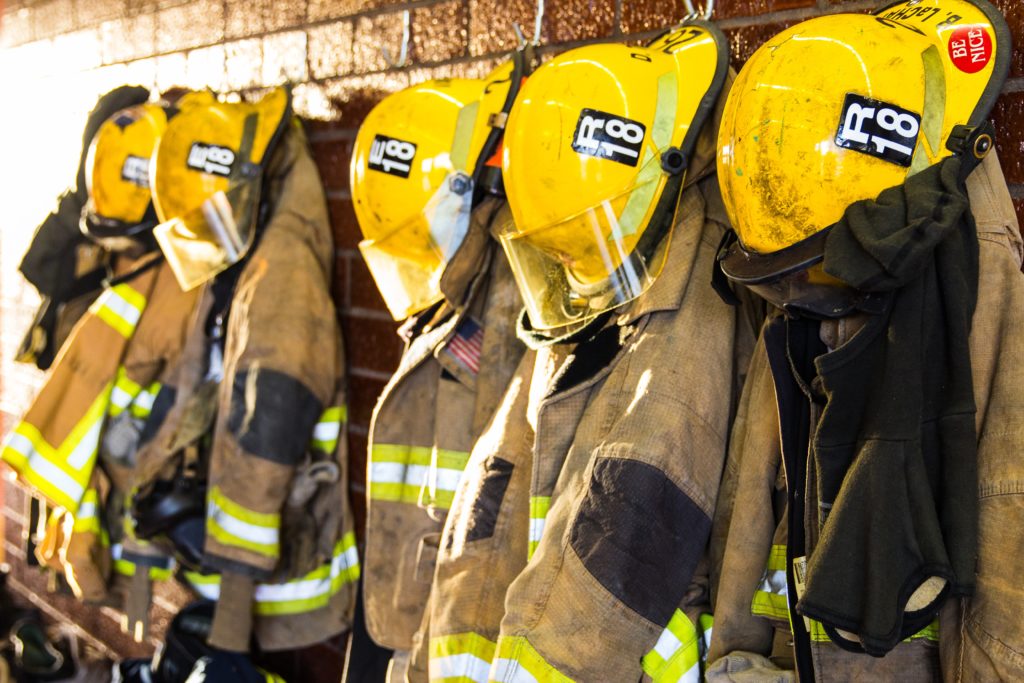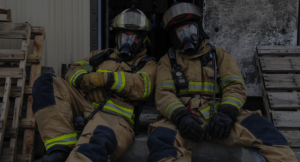The health risks firefighters face are significant. The nature of the work means firefighters are commonly putting their lives on the line. However, even when the situation isn’t dire, injuries can occur.
Fighting fires is a highly physical job. Even preparatory work requires a substantial amount of agility and strength, and a single wrong move can lead to a potentially devastating injury.
Plus, all workplaces have hazards that can cause harm. A simply slip, trip, or fall could be incredibly damaging, potentially sidelining a highly-skilled firefighter for days, weeks, months, or longer.
By reviewing firefighter injury statistics, you can learn more about the kinds of incidents that caused significant harm. This empowers you. It gives you a chance to address threats directly, reducing the odds that they’ll occur.
With that in mind, here’s a look at some firefighter injury statistics, as well as tips about how you can prevent injuries.

8 Firefighter Injury Statistics You Need to Know
1. In 2019, 48 Firefighters Died in the Line of Duty
In 2019, there are 48 firefighters died while on duty. Of those who died, 25 were volunteer firefighters. Another 20 were career firefighters, while the other three worked for different organizations (a state land management agency employee, a federal land management agency employee, and a civilian working with the military).
2. 27 Percent of Fatal Incidents Occurred on the Fireground
Of the 2019 firefighter deaths, 27 percent occurred on the fireground. Nineteen percent happened as the firefighter was responding to or returning from an alarm, while another 19 percent occurred during non-fire emergencies. Ten percent were the result of a training-related accident or incident. The remaining 25 percent occurred during other on-duty activities.
3. Overexertion, Stress, and Medical Issues Was the Leading Cause of Firefighter Deaths
Overall, 54 percent of the firefighter deaths in 2019 were related to overexertion, stress, and medical issues. Of those 26 fatalities, 22 were cardiac events, such as heart attacks. Another two were strokes, and one was complications from heatstroke.
4. Only 39.2 Percent of Firefighter Injuries Occur at the Fireground
While many would assume that firefighter injuries are more likely to occur on the fireground, that isn’t the case. Only 39.2 percent actually happened on the fireground.
5. 27.1 Percent of Fireground Firefighter Injuries Are Caused by Overexertion and Strain
When it comes to the leading cause of injury on the fireground, overexertion and stain is the leader. Overall, 27.1 percent of injuries occur for those reasons.
6. For Injuries with Lost Days, Overextension and Strain Is the Leader
Thirty percent of lost-days injuries are due to overexertion and strain. In second place is exposure, which comes in at 19 percent.
7. 31 Percent of Missed-Days Injuries Lasted for 31+ Missed Days
Of the injuries that resulted in missed days, 31 percent of the firefighters missed at least 31 days of work. That means nearly a third of firefighter injuries cause the impacted individual to be unable to report to work for at least one month.
8. Almost 2-in-5 Fireground Injuries Involve Strain, Sprain, and Muscle Pain
Of fireground injuries, 38 percent involve a strain, sprain, or muscle pain.

The Cost of Firefighter Injuries
Firefighter injuries can be incredibly costly. While specific workers’ compensation data that focuses solely on firefighters isn’t readily available, some analysis has created reasonable estimates.
Overall, a fireground injury typically comes with a price tag of $134,400 per incident. For non-fireground injuries, the figure is $44,800 per incident. Those costs include multiple areas, including workers’ compensation, medical insurance, handling investigations, administration, documentation, and more.
When overexertion injuries are examined individually, the average workers’ compensation claim came in at $9,715 alone. That doesn’t include any peripheral costs associated with the injury.
Additionally, it’s a number that is substantially higher than the cost associated with other injuries. For example, the average across all types of firefighter workers’ compensation claims is $5,168.

How You Can Prevent Firefighter Injuries
While not all firefighter injuries are fitness-related, many of them may fall into that category. After all, the work is incredibly demanding, and firefighters who are physically fit are often better equipped to do their jobs without injury.
One study showed that firefighters with the highest aerobic capacity had fewer sprains, strains, and other injuries on the job. Another study that involved having firefighters take part in a physical fitness program showed injury rates declined after participating.
While firefighters always have to meet specific physical standards, implementing a robust, well-developed fitness program can potentially prevent firefighter injuries. It ensures everyone has the strength, flexibility, and cardiovascular health necessary to handle the demands of their jobs, making it less likely that they’ll suffer from overexertion or a strain, sprain, or another muscular issue.
At Firefighter Furnace, we understand the importance of fitness. That’s why we created the HERO Athlete program, a workout routine designed specifically with the needs of firefighters in mind. Not only are the workouts convenient – requiring only basic equipment to keep it accessible – but they are also efficient. That way, everyone can squeeze some fitness into their day, allowing them to be at their best without destroying their schedule.

Donny Pearson
Captain/CEO Firefighter Furnace
I have had a passion in fitness and nutrition form an early age. Since then I have held multiple personal training certifications up to an elite level. I was a physical training leader within the U.S. Air Force helping members pass their PT tests. I then became a crossfit coach and even worked as a strength and conditioning coordinator for professional sports teams in Atlanta that led me to starting Firefighter Furnace in 2015.










